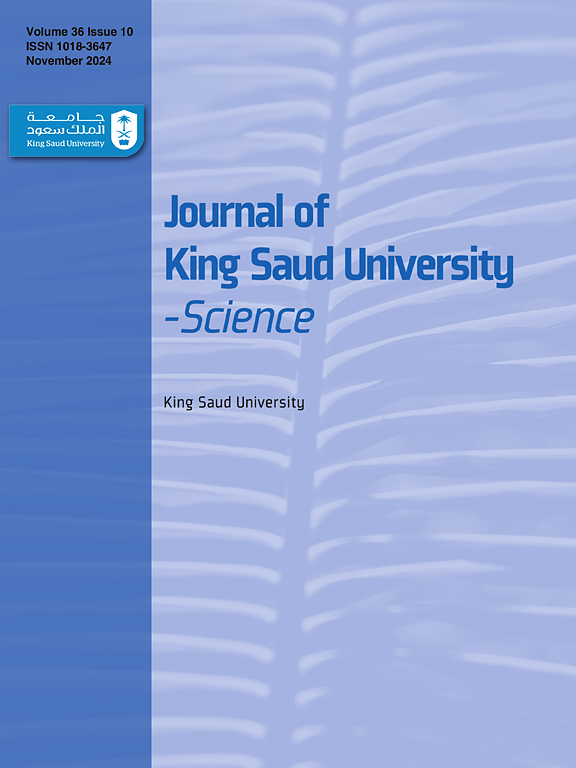Review: Merging from traditional to potential novel breast cancer biomarkers
IF 3.6
3区 综合性期刊
Q1 MULTIDISCIPLINARY SCIENCES
引用次数: 0
Abstract
Breast cancer biomarkers are the main player in decision-making in diagnosis, prognosis, and treatment. Estrogen receptor (ER), progesterone receptor (PR), and human epidermal growth factor receptor 2 (HER2) are well-known in breast cancer management. Additionally, the Ki-67 protein is used as a tumor proliferation indicator to asses the cancer aggressiveness. Recently, the field has been rapidly integrating novel biomarkers to develop precise, personalized with high effectiveness in patient care. A group of merging biomarkers, including genomic and transcriptomic signatures, circulating tumor cells (CTCs), cell-free DNA (cfDNA), tumor-infiltrating lymphocytes (TILs), and immune checkpoint proteins such as PD-L1, all showed promising toward revealing tumor behavior, treatment response, and potential metastatic spread. microRNAs (miRNAs) and long non-coding RNAs (lncRNAs) are merging as new potential diagnostic tools. All mentioned merging innovative biomarkers showed promising results, yet challenges remain in their validation, standardization, and integration into routine clinical practice. This review will highlight the transition from traditional to novel strategies, developing more effective treatments that improve breast cancer patients’ outcomes and survival.
回顾:从传统乳腺癌生物标记物到潜在新型乳腺癌生物标记物的融合
乳腺癌生物标志物是诊断、预后和治疗决策的主要依据。雌激素受体(ER)、孕激素受体(PR)和人表皮生长因子受体 2(HER2)在乳腺癌治疗中是众所周知的。此外,Ki-67 蛋白被用作肿瘤增殖指标,以评估癌症的侵袭性。最近,该领域正在迅速整合新型生物标记物,以开发精确、个性化、高效的患者护理方法。包括基因组和转录组特征、循环肿瘤细胞(CTCs)、无细胞DNA(cfDNA)、肿瘤浸润淋巴细胞(TILs)和免疫检查点蛋白(如PD-L1)在内的一组合并生物标志物都显示出揭示肿瘤行为、治疗反应和潜在转移扩散的前景。所有提到的合并创新生物标志物都显示出良好的效果,但在其验证、标准化和融入常规临床实践方面仍存在挑战。本综述将重点介绍从传统策略到新型策略的转变,从而开发出更有效的治疗方法,改善乳腺癌患者的预后和生存率。
本文章由计算机程序翻译,如有差异,请以英文原文为准。
求助全文
约1分钟内获得全文
求助全文
来源期刊

Journal of King Saud University - Science
Multidisciplinary-Multidisciplinary
CiteScore
7.20
自引率
2.60%
发文量
642
审稿时长
49 days
期刊介绍:
Journal of King Saud University – Science is an official refereed publication of King Saud University and the publishing services is provided by Elsevier. It publishes peer-reviewed research articles in the fields of physics, astronomy, mathematics, statistics, chemistry, biochemistry, earth sciences, life and environmental sciences on the basis of scientific originality and interdisciplinary interest. It is devoted primarily to research papers but short communications, reviews and book reviews are also included. The editorial board and associated editors, composed of prominent scientists from around the world, are representative of the disciplines covered by the journal.
 求助内容:
求助内容: 应助结果提醒方式:
应助结果提醒方式:


